Physics Beyond Colliders (PBC) is an exploratory study aimed at exploiting the full scientific potential of CERN’s complex of accelerators and experiment areas. Launched in 2016, PBC seeks to answer outstanding questions in particle physics through a vast array of new projects that complement the main experiments of the Laboratory’s collider programme.
Many of these projects involve experiments in CERN’s North Area (NA), directing particle beams from the Super Proton Synchrotron (SPS) onto fixed targets. Examples are the NA64 experiment, which is searching for hypothetical weakly interacting particles that could explain the origin of the dark matter in the Universe, a new flagship experiment called SHiP that will join NA64 in this search, and AMBER, which measures fundamental properties of the proton and its relatives to shed light on quantum chromodynamics, the theory of the strong force.
PBC also includes new projects at the LHC. FASER and SND@LHC, which ushered in the era of collider neutrinos, are among the success stories of the experiment proposals supported by PBC. Other PBC detectors have also been proposed to be placed at various distances from the main LHC experiments. One of these, milliQan, has already been installed 33 metres away from the CMS experiment and is searching for new “millicharged” particles that would have a charge much smaller than that of the electron.
Future facilities include the proposed Forward Physics Facility some 600 metres away from the ATLAS experiment. This would host a comprehensive set of detectors to explore a broad range of new physics phenomena and to study the highest energy neutrinos produced by accelerators. These detectors include FORMOSA, which aims to extend the search for millicharged particles, and FASER2, FASERn2 and FLArE.
Fixed-target studies with LHC beams are also part of PBC. These include a unique apparatus called SMOG2, which allows gases to be injected into the LHC collision area and will open a new window on studies of the strong interaction and astroparticle physics at the LHC. Other fixed-target projects involve deflecting protons from the LHC beam halo with bent crystals. A set-up using a thin tungsten target between two crystals would enable studies of the electric and magnetic properties of short-lived heavy particles made up of three quarks, including at least one strange, charm or bottom quark.
In addition, PBC includes nuclear physics, atomic physics and astroparticle physics projects that would benefit from the know-how and experience available at CERN. Cases in point are AION, a large-scale atom interferometer that is proposed to be installed in one of the shafts of LHC Point 4 for dark-matter and gravitational-wave searches, and the Gamma Factory, a novel concept that would produce very bright X-rays and gamma rays by impinging a laser beam on a high-energy, partially stripped ion beam circulating in the SPS and/or LHC.
